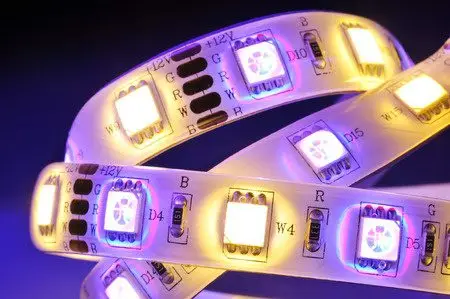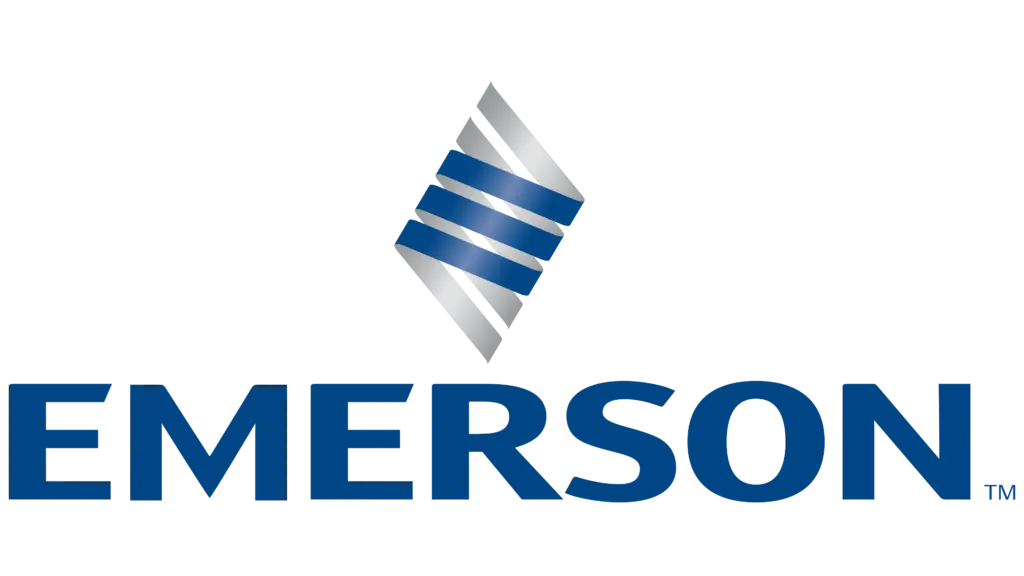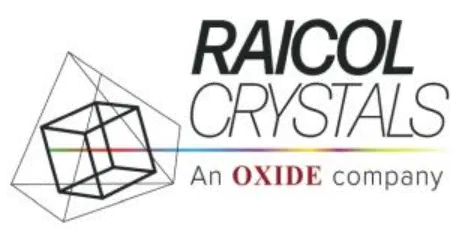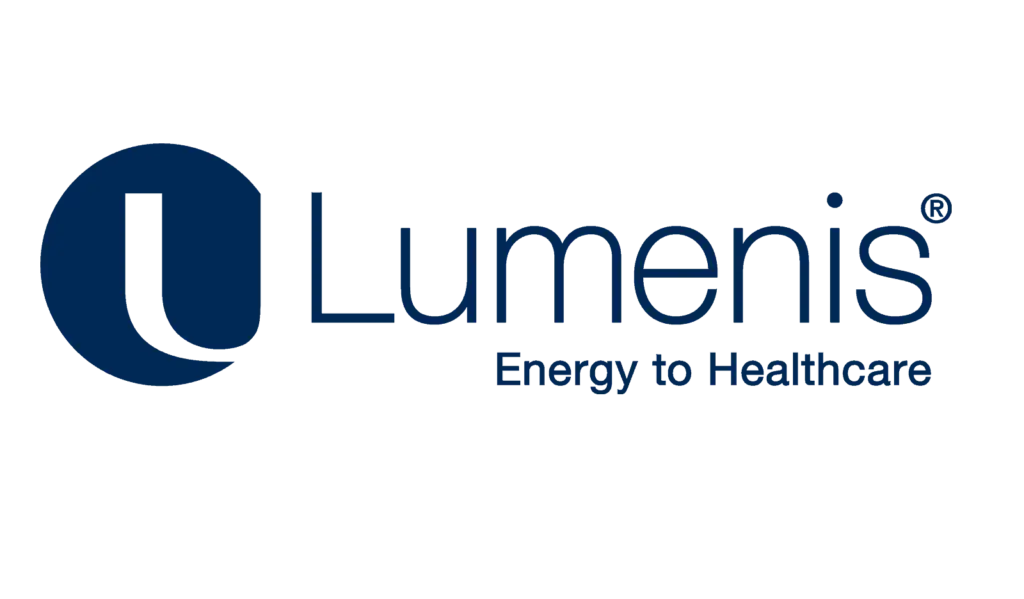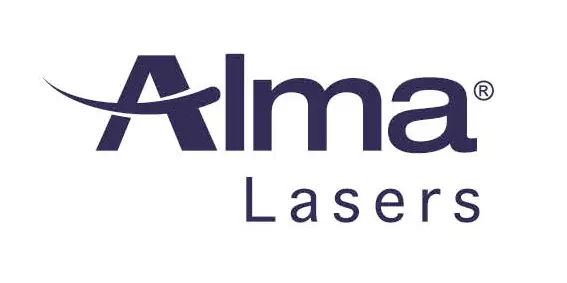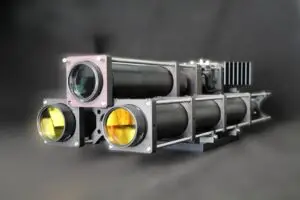PET (Poly-Ethylene-Terephthalate) is a polymer used to manufacture plastic bottles and containers. These PET containers have seen a huge demand in the last decade due to startling innovations in the product and packaging areas.
While there is stranded news that talks about the effect of UV light or sunlight on plastic or PET containers, how about UV light to disinfect these PET containers to prevent contaminations?
Let’s explore how PET containers react to UV light, what disinfection methods are being adopted today to sterilize PET containers and understand the importance and impact of the material used in manufacturing these PET containers.
Current Trends of Aseptic Cleaning & Packaging
Today, the aseptic method of sterilization and packaging of PET bottles and containers are becoming mandatory in the food, pharmaceutical, and cosmetic industries. Disinfection of PET bottles and containers has turned quintessential and, of course, needs utmost care. Though many companies adopt thermal sterilization, chemical treatment, and other radiation methods of disinfection, the application of UVC light stands out in terms of cost and benefits.
Compared to other industries, PET bottles for food industries play a crucial role, as these bottles act as food contact surfaces. Hence, the use of UV light to disinfect PET bottles for food industries requires the analysis of PET bottle material, the dose of UV light, duration of exposure, the disinfection environment, and a lot more factors.
Importance of Bottle Material
Many experiments and investigations that analyzed the effect of UV light on bottle material have given the following findings:
- PVC materials prevent UV light from reaching the inner surfaces of the bottle or the container.
- Glass material stops UV light from entering or passing through the bottle or the container.
- Polycarbonate blocks UVA and UVB light.
Of note, pure plastics cannot absorb UV light. However, when the material contains any traces of impurities like nylon, catalyst residues, oxygen, or sodium, these substances will act as free radicals upon UV exposure and lead to the breakage of the polymer bonds. Hence, this clears the myth that only PET or plastics that contain impurities react to UV light. In fact, BPA-free or pure plastic containers and bottles are safe against UV exposure.
Tzachi Sabati



